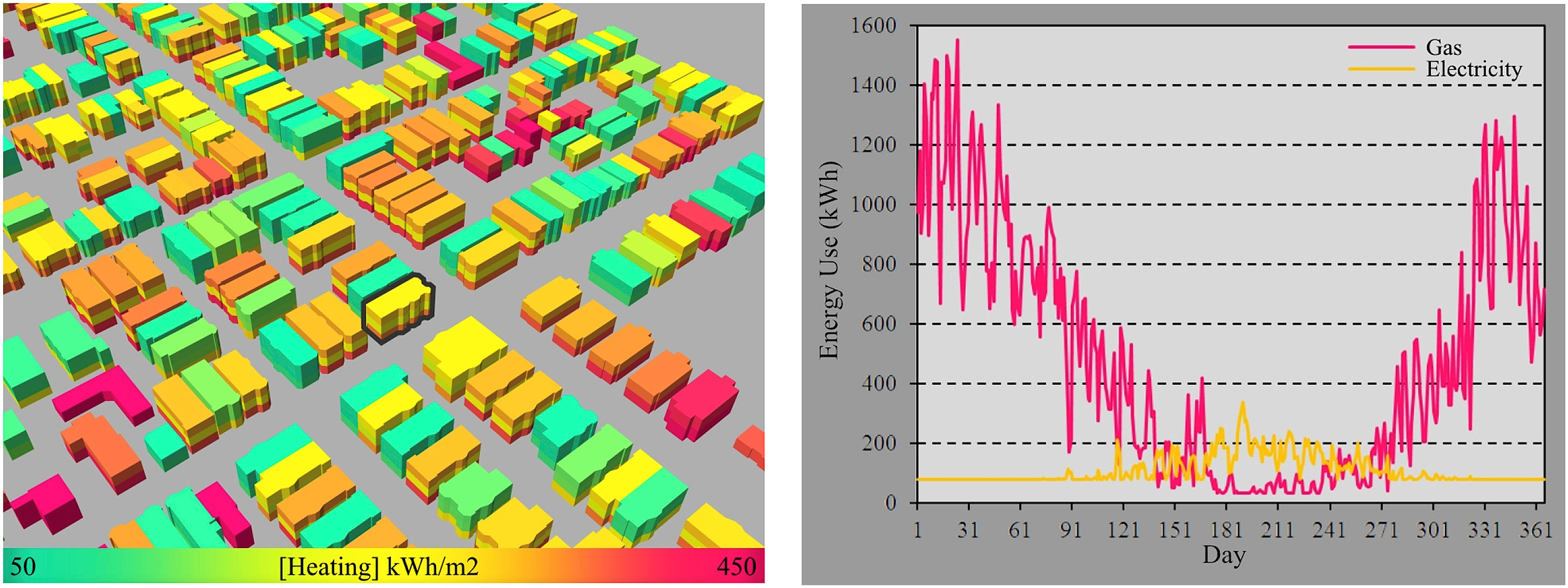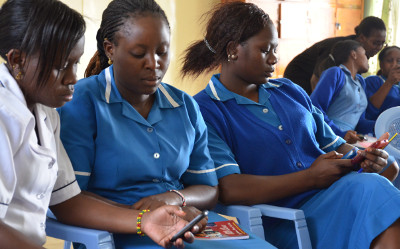Elsevier, Building and Environment, Volume 97, February 15, 2016
Over the past decades, detailed individual building energy models (BEM) on the one side and regional and country-level building stock models on the other side have become established modes of analysis for building designers and energy policy makers, respectively. More recently, these two toolsets have begun to merge into hybrid methods that are meant to analyze the energy performance of neighborhoods, i.e. several dozens to thousands of buildings. This paper reviews emerging simulation methods and implementation workflows for such bottom-up urban building energy models (UBEM).
Elsevier, Desalination, Volume 380, February 15, 2016
Multidisciplinary, innovative and high values development of high performance, cost-effective and environmentally acceptable separation systems is highly desired to tackle the sustainability challenges that facing current desalination technology. Owing to their versatility and immense potentials to evolve scientific and technical innovations, nanotechnology is probably one of the most prominent strategies that has gained growing scientific and public recognition to provide solutions that can extend the limits of sustainability in membrane desalination technology.
Elsevier, Desalination, Volume 380, February 15, 2016
Membrane (bio)fouling is a major obstacle to many separation and purification processes. Due to the inherent physicochemical properties of some thin film composite membrane surfaces such as polyamide, these are prone to (bio)fouling. Hence, this review highlights recent advances in the design and development of highly resistant thin film composite membrane through surface modification by either coating or grafting with antifouling polymers and/or antimicrobial polymers/biocidal inorganic nanoparticles.
Elsevier, Desalination, Volume 380, February 15, 2016
Recent research on CO2 capture is focusing on the optimization of CO2 absorption using amines (mainly monoethanolamine-MEA) in order to minimize the energy consumption of this very energy-intensive process and improve the absorption efficiency. Process optimization is always required and this research is worth and necessary. However, the main concern arises when thinking of the overall process: solvent production, solvent use and regeneration, and environmental effects related to its use/emissions.
Elsevier, Social Science and Medicine, Volume 151, February 01, 2016
Rationale: Food insecurity has emerged as an important, and potentially modifiable, risk factor for depression. Few studies have brought longitudinal data to bear on investigating this association in sub-Saharan Africa. Objective: To estimate the association between food insufficiency and depression symptom severity, and to determine the extent to which any observed associations were modified by social support.
Elsevier,
Elsevier Connect, 18 February 2016
In order to achieve SDG target 3C, investments in the healthcare workforce is essential. New and innovative methods need to be deployed to train and develop the skills of healthcare workers. In Kenya, AMREF has launched a programme that enables nurses to learn on their mobile phones through a mobile nursing education app. Supported by a three-year grant from the Elsevier Foundation, Jibu (the name of the m-learning programme), offers a low-cost yet effective way for nurses to access up to date content.
Elsevier, The Lancet, Volume 387, 16 January 2016
Background In the past two decades, the under-5 mortality rate in China has fallen substantially, but progress with regards to the Millennium Development Goal (MDG) 4 at the subnational level has not been quantified. We aimed to estimate under-5 mortality rates in mainland China for the years 1970 to 2012. Methods We estimated the under-5 mortality rate for 31 provinces in mainland China between 1970 and 2013 with data from censuses, surveys, surveillance sites, and disease surveillance points.
Elsevier, The Lancet, Volume 387, 30 January 2016
Background Millennium Development Goal 5 calls for a 75% reduction in the maternal mortality ratio (MMR) between 1990 and 2015. We estimated levels and trends in maternal mortality for 183 countries to assess progress made. Based on MMR estimates for 2015, we constructed projections to show the requirements for the Sustainable Development Goal (SDG) of less than 70 maternal deaths per 100 000 livebirths globally by 2030.
Elsevier, The Lancet, Volume 387, 16 January 2016
Background China has experienced a remarkable epidemiological and demographic transition during the past three decades. Far less is known about this transition at the subnational level. Timely and accurate assessment of the provincial burden of disease is needed for evidence-based priority setting at the local level in China. Methods Following the methods of the Global Burden of Disease Study 2013 (GBD 2013), we have systematically analysed all available demographic and epidemiological data sources for China at the provincial level.
Elsevier, Renewable Energy, Volume 85, 1 January 2016
This paper presents a review of exergy analysis of solar thermal systems. It includes both various types of solar collectors and various applications of solar thermal systems. As solar collectors are an important technology when sustainability is considered, exergy analysis, which gives a more representative performance evaluation, is a valuable method to evaluate and compare possible configurations of these systems. It should be noted that this review is based on literature published in the last two years.


